Home>Storage Ideas>Bathroom Storage>Learn About Green Cleaning And Eco-Friendly Cleaning Products


Bathroom Storage
Learn About Green Cleaning And Eco-Friendly Cleaning Products
Modified: October 20, 2024
Discover the benefits of green cleaning and eco-friendly cleaning products, including practical tips for bathroom storage and organization.
(Many of the links in this article redirect to a specific reviewed product. Your purchase of these products through affiliate links helps to generate commission for Storables.com, at no extra cost. Learn more)
What is Green Cleaning?
Green cleaning refers to the practice of using environmentally-friendly cleaning products and methods that have minimal impact on the environment and human health. It involves the use of non-toxic, biodegradable, and sustainable cleaning solutions to maintain cleanliness and hygiene in homes, offices, and other spaces.
Unlike conventional cleaning products that often contain harsh chemicals, solvents, and synthetic fragrances, green cleaning products are made from natural and organic ingredients. These products are free from harmful toxins, pollutants, and carcinogens that can pose risks to both human health and the environment.
The concept of green cleaning goes beyond just the products used. It also encompasses the use of responsible cleaning practices, such as reducing water and energy consumption, minimizing waste generation, and promoting recycling and reusability.
By adopting green cleaning practices, you can create a healthier and safer living or working environment while reducing your ecological footprint. Green cleaning is not only beneficial for you, but also for the planet we all share.
When it comes to green cleaning, it’s important to choose products that have recognized eco-labels, such as the U.S. Environmental Protection Agency’s (EPA) Safer Choice label or the Green Seal certification. These labels indicate that the product has undergone rigorous testing and meets specific environmental and safety standards.
Additionally, green cleaning involves using tools and equipment made from sustainable materials, such as microfiber cloths and mop heads, which are reusable and highly effective at capturing dirt and dust without the need for harsh chemicals.
Overall, green cleaning is a holistic approach to cleaning that takes into account the well-being of both people and the planet. It emphasizes the use of non-toxic and sustainable cleaning solutions, responsible cleaning practices, and eco-friendly tools and equipment.
Now that you understand what green cleaning is, let’s explore the benefits of using green cleaning products in the next section.
Key Takeaways:
- Green cleaning involves using eco-friendly products and practices to create a healthier living environment while reducing the ecological footprint. It prioritizes non-toxic, sustainable solutions for a cleaner, greener world.
- By choosing green cleaning products, you can improve indoor air quality, reduce health risks, and minimize environmental impact. Embracing eco-friendly ingredients and practices creates a safer, more sustainable home for you and your family.
Read more: How To Learn About Hand Tools
Benefits of Green Cleaning Products
Green cleaning products offer a range of benefits, not only for your health but also for the environment. Here are some of the key advantages of using green cleaning products:
- Improved Indoor Air Quality: Conventional cleaning products often contain volatile organic compounds (VOCs) that can be released into the air and contribute to poor indoor air quality. Green cleaning products, on the other hand, are free from such harmful chemicals, reducing the risk of respiratory issues, allergies, and other health problems.
- Reduced Health Risks: Chemicals found in traditional cleaning products can be toxic and hazardous if ingested or when in contact with the skin. Green cleaning products use natural ingredients that are safer for humans and pets, reducing the risk of adverse health effects.
- Environmentally Friendly: Green cleaning products are made from natural and biodegradable ingredients that break down easily without causing harm to the environment. Unlike conventional cleaning products, they do not contribute to water and air pollution.
- Sustainable Packaging: Many green cleaning products are packaged in recyclable or biodegradable materials, further reducing waste and the use of single-use plastics.
- Cost-effective: While green cleaning products may seem more expensive upfront, they often offer better value for money in the long run. Due to their concentrated formulas, they can be diluted and used sparingly, significantly extending their lifespan.
- No Harsh Chemical Smells: Green cleaning products are typically scented with natural fragrances, such as essential oils, that leave a pleasant aroma without the strong, synthetic chemical odors often associated with conventional cleaners.
- Safe for All Surfaces: Green cleaning products are effective on different surfaces, including countertops, floors, and glass, without causing damage or discoloration. They are gentle yet powerful enough to remove dirt, grime, and stains.
- Promote a Healthy Lifestyle: By using green cleaning products, you are creating a healthier environment for yourself, your family, and your pets. This helps to reduce exposure to harmful chemicals and contributes to overall well-being.
Overall, green cleaning products provide a safer and more sustainable alternative to conventional cleaners, offering numerous benefits for both individuals and the environment. Making the switch to green cleaning can have a positive impact on your health, indoor air quality, and the planet we call home.
In the next section, we’ll explore some common eco-friendly ingredients found in green cleaning products.
Common Eco-Friendly Cleaning Ingredients
Green cleaning products are characterized by their use of natural, non-toxic ingredients that are safe for both people and the environment. Here are some of the most common eco-friendly cleaning ingredients:
- Vinegar: Vinegar is a versatile cleaning ingredient that can effectively remove grease, stains, and odors. It has antimicrobial properties and can be used as a natural disinfectant for various surfaces. Mix vinegar with water for an all-purpose cleaner or use it to descale faucets and showerheads.
- Baking Soda: Baking soda is a gentle abrasive and deodorizer that can be used to clean and freshen different surfaces. It can remove stains, eliminate odors, and act as a natural scouring agent. Sprinkle baking soda on carpets before vacuuming or mix it with water to create a paste for cleaning sinks, tubs, and toilets.
- Lemon Juice: Lemon juice is a natural bleaching agent and an effective disinfectant due to its high acidity. It can be used to remove stains, cut through grease, and freshen up surfaces. Mix lemon juice with water to create a homemade cleaner or use lemon halves to scrub and deodorize cutting boards.
- Castile Soap: Castile soap is a gentle and environmentally-friendly soap made from vegetable oils. It can be used as a base for various cleaning solutions, such as all-purpose cleaners, dishwashing liquids, and laundry detergents. Look for unscented and biodegradable options for the best eco-friendly results.
- Hydrogen Peroxide: Hydrogen peroxide is a powerful oxidizing agent that can disinfect surfaces and remove tough stains. It can be used as a natural alternative to bleach for whitening fabrics and cleaning bathroom surfaces. Dilute hydrogen peroxide with water before use and test it on a small area first.
- Essential Oils: Essential oils not only add a pleasant scent to cleaning products but also have antimicrobial properties. Common essential oils used in green cleaning include tea tree oil, lavender oil, and eucalyptus oil. They can be added to homemade cleaners or used in DIY air fresheners.
- Citric Acid: Citric acid is a natural acid derived from citrus fruits, such as lemons and oranges. It is a versatile ingredient that can break down mineral deposits, remove soap scum, and dissolve rust stains. Citric acid can be used in homemade toilet bowl cleaners and descaling solutions.
These are just a few examples of the many eco-friendly cleaning ingredients available. When using these ingredients, it’s important to follow proper dilution ratios and safety guidelines. Keep in mind that not all ingredients are suitable for all surfaces, so always test in inconspicuous areas before tackling larger cleaning tasks.
In the next section, we’ll explore harmful ingredients commonly found in conventional cleaning products that you should avoid.
Harmful Ingredients to Avoid in Cleaning Products
When shopping for cleaning products, it’s important to be aware of harmful ingredients that are commonly found in conventional cleaners. These ingredients can have negative impacts on both human health and the environment. Here are some harmful ingredients to avoid:
- Phthalates: Phthalates are chemicals used to add fragrance to cleaning products. They have been linked to hormone disruption, reproductive issues, and allergic reactions. Look for products labeled as phthalate-free or choose unscented options.
- Ammonia: Ammonia is a strong irritant that can cause respiratory problems and skin irritation. It is commonly found in glass cleaners and oven cleaners. Opt for ammonia-free alternatives or choose natural ingredients like vinegar for glass cleaning solutions.
- Chlorine Bleach: Chlorine bleach is a powerful disinfectant but can release fumes that irritate the respiratory system, trigger asthma attacks, and create toxic reactions if mixed with other chemicals. Instead, consider using hydrogen peroxide or oxygen-based bleaches for whitening and disinfection.
- Triclosan: Triclosan is an antibacterial agent found in many household cleaners, as well as personal care products. It can contribute to antibiotic resistance and disrupt hormone function. Look for products without triclosan or choose natural disinfectants like vinegar or hydrogen peroxide.
- Phosphates: Phosphates are commonly found in laundry detergents and dishwasher detergents. They can contribute to water pollution and harm aquatic life. Look for phosphate-free options or choose eco-friendly alternatives like plant-based cleaners.
- Perchloroethylene (PERC): PERC is a solvent often used in dry cleaning solutions and spot removers. It is a known human carcinogen and the Environmental Protection Agency (EPA) classifies it as toxic. Look for PERC-free dry cleaning methods or try out greener alternatives like wet cleaning or CO2 cleaning.
- Formaldehyde: Formaldehyde is a preservative and disinfectant commonly found in cleaning products, as well as some air fresheners. It is a known carcinogen and can also cause respiratory issues and skin irritation. Avoid products that contain formaldehyde or choose natural alternatives.
- Ammonium Quaternary Compounds (Quats): Quats are antimicrobial agents found in disinfectants and fabric softeners. They can cause skin irritation, trigger asthma, and contribute to the development of antibiotic-resistant bacteria. Look for products without quats or choose natural disinfectants instead.
By being mindful of these harmful ingredients, you can make more informed choices when selecting cleaning products. Look for eco-friendly, non-toxic alternatives that are free from these harmful substances. Read labels carefully and opt for products that disclose their ingredients fully, as transparency is key to making informed decisions.
In the next section, we’ll provide some tips for choosing and using green cleaning products effectively.
Tips for Choosing and Using Green Cleaning Products
When it comes to choosing and using green cleaning products, here are some tips to help you make informed decisions and maximize their effectiveness:
- Read Labels: Always read product labels to ensure that the cleaning product meets your eco-friendly and health criteria. Look for certifications and eco-labels, such as the EPA’s Safer Choice label or the Green Seal certification, which guarantee the product’s environmental and safety standards.
- Avoid Greenwashing: Be cautious of companies that claim to be “green” or “natural” without providing evidence or transparent ingredient lists. Look for products that have third-party certifications and reputable eco-labels to ensure their authenticity.
- Choose Concentrated Formulas: Concentrated cleaning products allow you to use less product per application, reducing waste and maximizing the value. Follow the manufacturer’s instructions for dilution ratios and use only the necessary amount for effective cleaning.
- Opt for Refillable or Bulk Options: Look for cleaning products that come in refillable containers or those that offer bulk purchasing options. This helps to minimize packaging waste and reduce the need for single-use plastic bottles.
- Use Reusable Cleaning Tools: Instead of disposable wipes and paper towels, opt for reusable cleaning tools like microfiber cloths and mop heads. They are effective at capturing dirt and dust without the need for harsh chemicals and can be washed and reused many times.
- Make Your Own Cleaners: Consider making your own cleaning solutions using simple ingredients like vinegar, baking soda, and lemon juice. There are numerous DIY recipes available online that can be tailored to specific cleaning needs.
- Store Safely: Properly store your green cleaning products in a cool, dry place, away from direct sunlight and out of reach of children and pets. Follow the manufacturer’s instructions for storage and disposal to ensure safety and effectiveness.
- Test in Small Areas: Before using any green cleaning product on a larger surface or material, test it in a small, inconspicuous area to ensure compatibility and avoid any potential damage or discoloration.
- Combine Green Cleaning with Other Sustainable Practices: Green cleaning is just one aspect of creating a healthier and more sustainable home. Consider incorporating other eco-friendly practices, such as reducing water and energy consumption, recycling, composting, and using natural and sustainable home decor.
Following these tips will help you choose and use green cleaning products effectively, ensuring a safer and healthier cleaning routine for you and the environment.
In the next section, we’ll provide some DIY green cleaning recipes that you can easily make at home.
When looking for eco-friendly cleaning products, look for certifications such as Green Seal or EcoLogo to ensure they meet environmental standards.
Read more: How To Learn About Interior Design
DIY Green Cleaning Recipes
Creating your own green cleaning products at home is not only cost-effective but also allows you to have full control over the ingredients you use. Here are some simple and effective DIY green cleaning recipes:
- All-Purpose Cleaner: Mix equal parts water and white vinegar in a spray bottle. Add a few drops of your favorite essential oil for a pleasant scent. This all-purpose cleaner can be used on countertops, floors, and other surfaces.
- Bathroom Scrub: Combine ½ cup baking soda, ¼ cup hydrogen peroxide, and 1 teaspoon liquid dish soap. Apply the mixture to the bathroom surfaces and scrub with a sponge or brush. Rinse thoroughly for a sparkling clean bathroom.
- Glass Cleaner: Mix ¼ cup white vinegar, 2 cups water, and 10 drops of lemon essential oil in a spray bottle. Shake well before use and spray onto glass surfaces. Wipe clean with a microfiber cloth for streak-free shine.
- Furniture Polish: Combine ½ cup olive oil and ¼ cup white vinegar in a glass jar. Add a few drops of lemon essential oil for a fresh scent. Apply a small amount to a cloth and gently polish wooden furniture for a natural, non-toxic shine.
- Oven Cleaner: Create a paste by mixing 1 cup baking soda with a few tablespoons of water. Apply the paste to the inside of the oven, avoiding the heating elements. Let it sit overnight, then wipe clean with a damp cloth or sponge.
- Carpet Deodorizer: Sprinkle baking soda liberally over your carpet and let it sit for at least 30 minutes. Vacuum thoroughly to remove odors and freshen up your carpets. You can also add a few drops of essential oil to the baking soda for a pleasant scent.
- Toilet Bowl Cleaner: Sprinkle baking soda into the toilet bowl, then pour in ¼ cup white vinegar. Let it sit for a few minutes, scrub with a toilet brush, and flush. For stubborn stains, use a mixture of baking soda and hydrogen peroxide.
These DIY green cleaning recipes use common ingredients that are safe, effective, and environmentally friendly. Remember to always test these solutions in inconspicuous areas before using them on larger surfaces.
In the following section, we’ll introduce some of the best eco-friendly cleaning products available on the market.
Best Eco-Friendly Cleaning Products on the Market
As the demand for green cleaning products continues to rise, more and more companies are offering eco-friendly options that are both effective and safe for the environment. Here are some of the best eco-friendly cleaning products available on the market:
- Seventh Generation: Seventh Generation offers a wide range of plant-based cleaning products, including laundry detergents, dish soaps, and all-purpose cleaners. Their products are free from synthetic fragrances and dyes, making them gentle on sensitive skin.
- Mrs. Meyer’s: Mrs. Meyer’s is known for its delightful scented cleaning products that are made from plant-derived ingredients. Their products are biodegradable, cruelty-free, and packaged in recyclable materials.
- Ecover: Ecover offers a variety of eco-friendly cleaning products, such as dishwashing liquids, laundry detergents, and surface cleaners. They prioritize using renewable plant-based ingredients and strive for sustainability in their packaging and production processes.
- Method: Method is committed to creating cleaning products that are both effective and safe for the environment. They offer a wide range of home cleaning solutions, including antibacterial sprays, toilet cleaners, and floor cleaners, all with appealing scents and stylish packaging.
- Attitude: Attitude focuses on creating cleaning products that are free from harmful chemicals and are safe for both people and the planet. They offer a range of household cleaners, laundry detergents, and personal care products with a strong emphasis on transparency and eco-certifications.
- Branch Basics: Branch Basics provides a concentrate solution that can be diluted to create various cleaning products, including all-purpose cleaners, glass cleaners, and bathroom cleaners. Their products are biodegradable, non-toxic, and free from synthetic fragrances.
- Puracy: Puracy offers a line of plant-based cleaning products that are highly effective and safe for use around children and pets. Their products are developed with natural ingredients, are hypoallergenic, and come in sustainable packaging.
These are just a few examples of the many eco-friendly cleaning product brands available. When choosing eco-friendly cleaning products, consider factors such as ingredient transparency, certifications, packaging materials, and the company’s commitment to sustainability.
Lastly, always keep in mind that while using eco-friendly cleaning products is a step in the right direction, it’s equally important to adopt sustainable cleaning practices and reduce the overall use of cleaning products whenever possible.
In the next section, we’ll explore green cleaning practices for different areas of your home.
Green Cleaning Practices for Different Areas of Your Home
Implementing green cleaning practices throughout your home is not only beneficial for the environment but also promotes a healthier living space for you and your family. Here are some green cleaning practices you can adopt for different areas of your home:
Kitchen:
- Use natural and biodegradable dish soaps and detergents when washing dishes.
- Replace disposable sponges and paper towels with reusable alternatives like cotton dishcloths and washable cleaning pads.
- Clean surfaces with vinegar and water solution or homemade all-purpose cleaners.
- Opt for organic, non-toxic cleaning products for kitchen appliances, such as ovens, stovetops, and refrigerators.
- Regularly clean out your refrigerator to minimize food waste and reduce odors.
Bathroom:
- Switch to eco-friendly bathroom cleaners that are free from harsh chemicals and are biodegradable.
- Use natural ingredients like baking soda and vinegar to clean sinks, toilets, and showers.
- Choose bamboo or recycled toilet paper and eco-friendly bath products.
- Avoid using air fresheners with synthetic fragrances and opt for natural alternatives like essential oil diffusers.
- Repair leaky faucets and toilets to conserve water and prevent water waste.
Living Room and Bedrooms:
- Dust regularly using a microfiber cloth or natural dusting spray.
- Use a vacuum cleaner with a HEPA filter to trap allergens and pollutants.
- Opt for natural fabric fresheners or air purifying plants to improve indoor air quality.
- Wash bedding and curtains with eco-friendly laundry detergents that are gentle on the skin and the environment.
- Consider using organic and natural materials for upholstery and furniture.
Floors:
- Sweep or use a dry microfiber mop to clean hardwood floors, reducing the need for chemical cleaners.
- For tile and linoleum floors, use a mixture of vinegar and water or eco-friendly floor cleaners.
- Consider replacing carpet with sustainable and non-toxic flooring options.
- Place doormats at entrances to minimize the amount of dirt and toxins brought into your home.
Outdoor Areas:
- Use environmentally-friendly cleaners for outdoor surfaces like decks, patios, and furniture.
- Minimize the use of pesticides and opt for natural alternatives or integrated pest management techniques.
- Collect rainwater for outdoor cleaning tasks to reduce water consumption.
- Compost yard waste and food scraps to reduce landfill waste and create nutrient-rich soil.
- Choose eco-friendly gardening practices, such as organic fertilizers and natural pest control methods.
Adopting these green cleaning practices can help create a healthier and more sustainable living environment for you and your family. Remember to always choose eco-friendly products and implement responsible cleaning habits throughout your home.
In the final section, we’ll address some frequently asked questions about green cleaning.
Frequently Asked Questions about Green Cleaning
Green cleaning is a topic that raises many questions, especially as more people become interested in adopting eco-friendly practices. Here are answers to some commonly asked questions about green cleaning:
Q: Are green cleaning products as effective as conventional cleaning products?
A: Yes, many green cleaning products are just as effective as their conventional counterparts. They use natural ingredients and innovative formulations to provide effective cleaning without compromising on performance. However, it’s important to follow manufacturer instructions and choose products that are specifically designed for your cleaning needs.
Q: Can I make my own cleaning products at home?
A: Absolutely! Making your own green cleaning products at home is a great way to save money and have full control over the ingredients you use. Simple ingredients like vinegar, baking soda, and lemon juice can be mixed together to create effective and safe homemade cleaners. There are numerous DIY recipes available online that you can experiment with.
Q: Are green cleaning products safe for people with allergies or sensitivities?
A: Green cleaning products are often a safer choice for individuals with allergies or sensitivities. They are typically free from common allergens, synthetic fragrances, and harsh chemicals that can trigger reactions. However, it’s important to read product labels and check for any specific allergens that might be present in the ingredients. If you have severe allergies or sensitivities, it’s always a good idea to test products in a small area before using them extensively.
Q: How do I know if a cleaning product is truly eco-friendly?
A: Look for third-party certifications and recognized eco-labels when choosing cleaning products. Labels such as the EPA’s Safer Choice or Green Seal indicate that the product has undergone testing and meets specific environmental and safety standards. Additionally, review the product’s ingredient list and packaging materials. Truly eco-friendly products will disclose their ingredients fully and use sustainable packaging.
Q: Can green cleaning products be used for commercial or industrial cleaning?
A: Yes, green cleaning products can be used in commercial or industrial settings as well. Many manufacturers offer industrial-strength green cleaning products specifically designed for larger spaces and heavy-duty cleaning tasks. These products are often certified for their effectiveness and safety in commercial applications.
Q: Are there any areas where green cleaning might not be suitable?
A: In some cases, green cleaning may not be appropriate for extremely specialized cleaning tasks that require specific chemicals or processes. For example, certain healthcare facilities or laboratories may have specific cleaning requirements due to infection control or specific chemicals involved. It’s important to assess the cleaning needs of each situation and make informed choices accordingly.
Remember, adopting green cleaning practices is a step towards creating a healthier and more sustainable living environment. If you have further questions or concerns, don’t hesitate to reach out to manufacturers, experts, or local green cleaning organizations.
As we conclude, always remember that small changes in our cleaning routines can have a big impact on both our health and the planet we call home.
Read more: Green Living: Eco-Friendly Home Makeovers
Conclusion
Green cleaning is more than just a trend; it is a conscious choice to prioritize our health and the well-being of the environment. By using eco-friendly cleaning products and adopting green cleaning practices, we can create a cleaner, healthier, and more sustainable living space for ourselves and future generations.
Throughout this article, we have explored the concept of green cleaning, the benefits of using eco-friendly cleaning products, common ingredients to look for, harmful ingredients to avoid, tips for choosing and using green cleaning products, DIY green cleaning recipes, and some of the best eco-friendly cleaning products available on the market. We have also discussed green cleaning practices for different areas of the home and addressed frequently asked questions.
Choosing green cleaning products that are free from harsh chemicals, toxins, and synthetic fragrances is an important step towards creating a healthier indoor environment. By opting for natural ingredients like vinegar, baking soda, lemon juice, and essential oils, we can effectively clean our homes without compromising our health or the environment.
While using green cleaning products is essential, it is equally important to embrace sustainable cleaning practices. This includes reducing water and energy consumption, using reusable cleaning tools, proper waste disposal, and integrating other eco-friendly habits into our daily routines.
Remember, even small changes can make a big difference. By making the switch to green cleaning, you are contributing to a healthier planet, reducing your ecological footprint, and improving the well-being of yourself and your loved ones.
So, go ahead and embark on your green cleaning journey. Explore different products, experiment with DIY recipes, and find what works best for you. Together, we can create a cleaner, greener, and more sustainable world, one cleaning routine at a time.
Frequently Asked Questions about Learn About Green Cleaning And Eco-Friendly Cleaning Products
Was this page helpful?
At Storables.com, we guarantee accurate and reliable information. Our content, validated by Expert Board Contributors, is crafted following stringent Editorial Policies. We're committed to providing you with well-researched, expert-backed insights for all your informational needs.



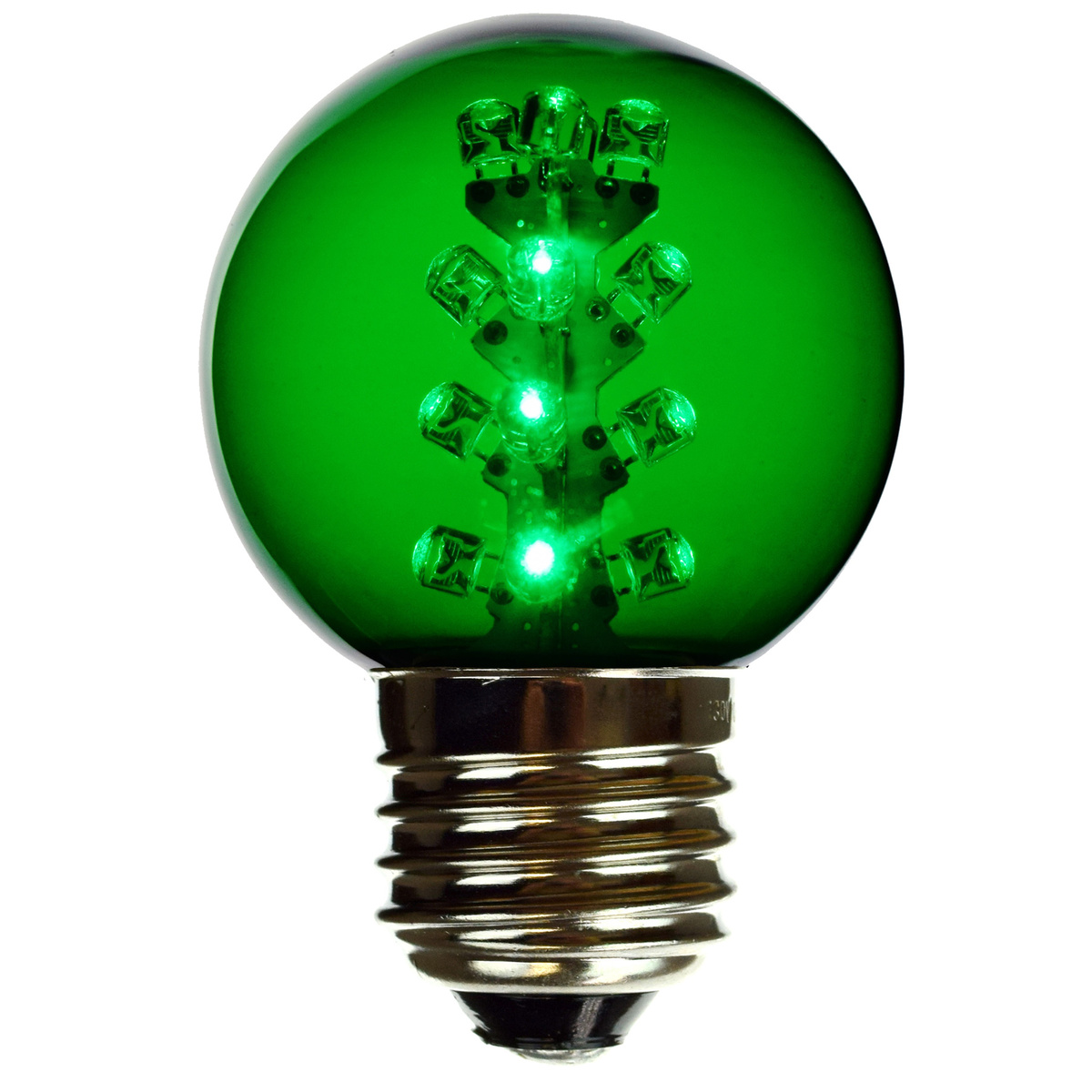
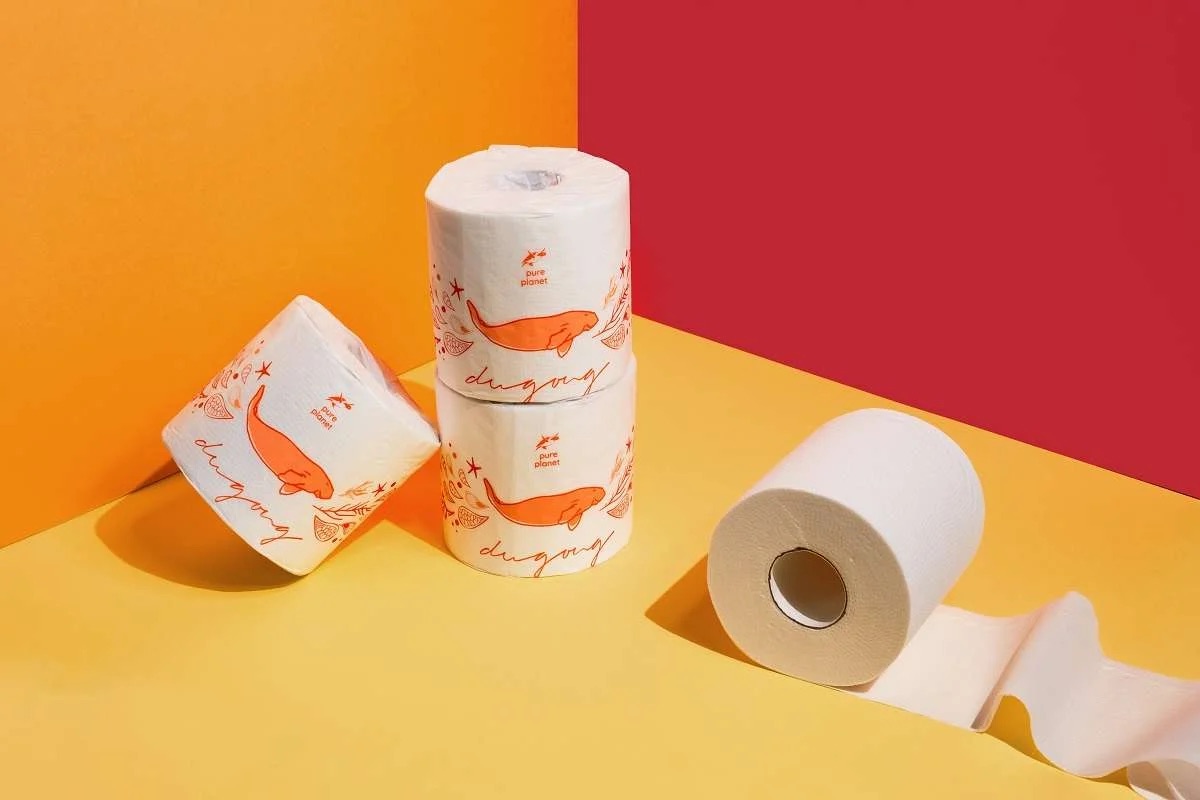
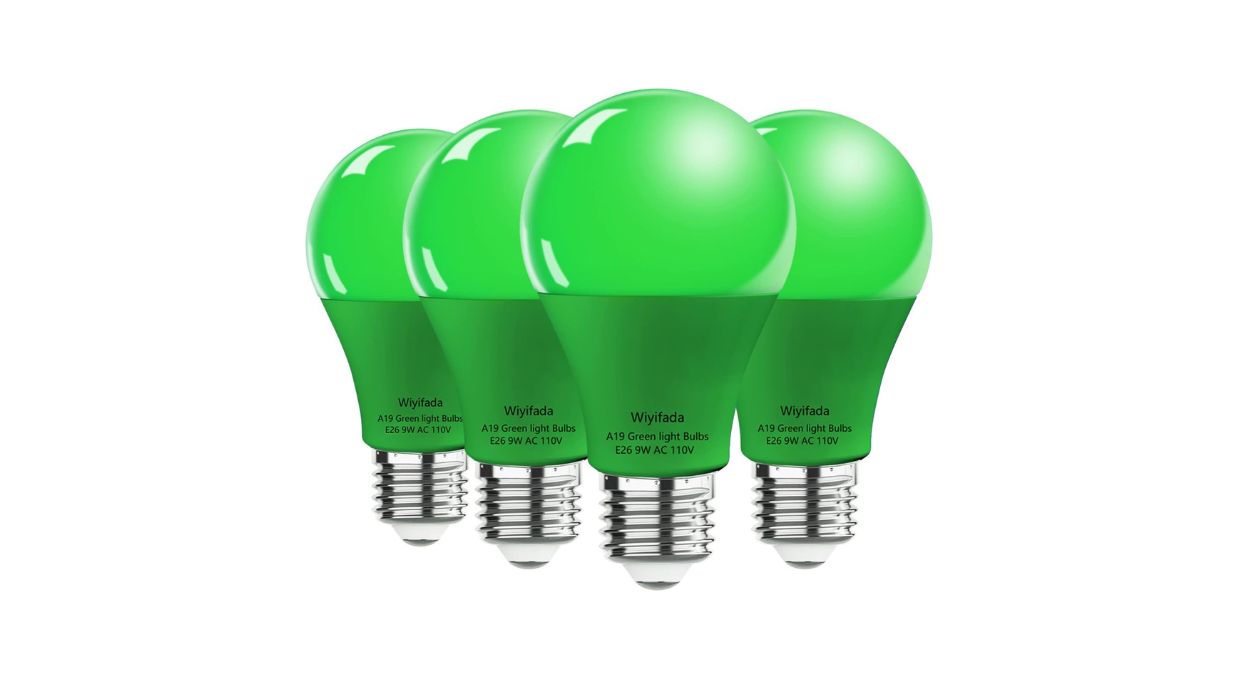
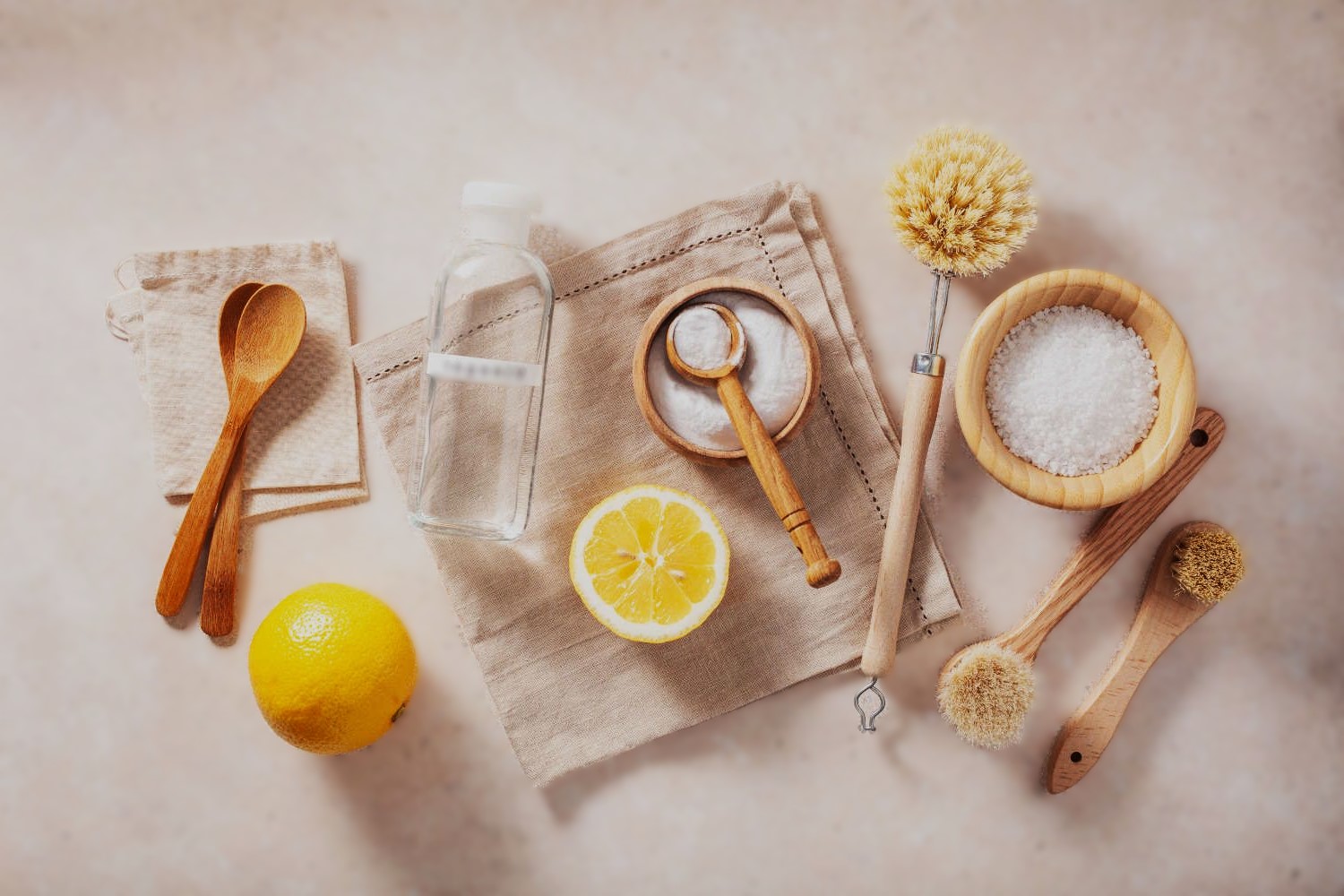

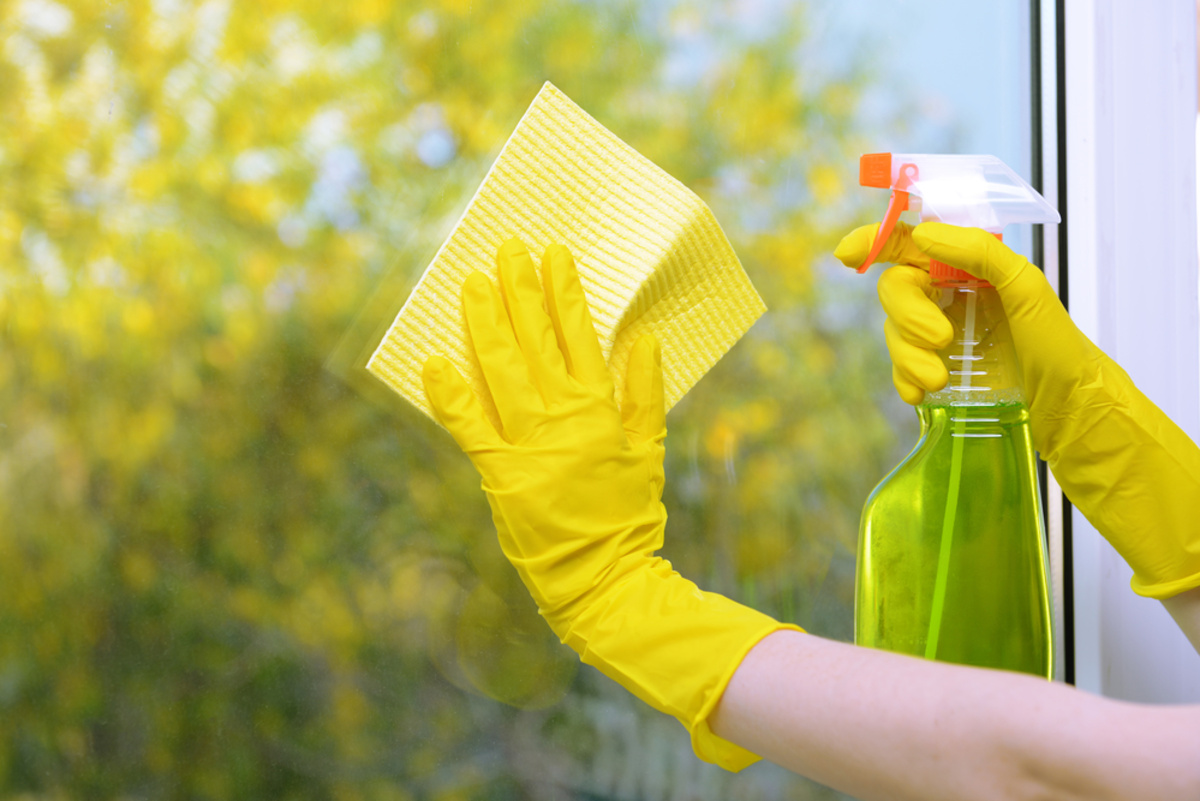
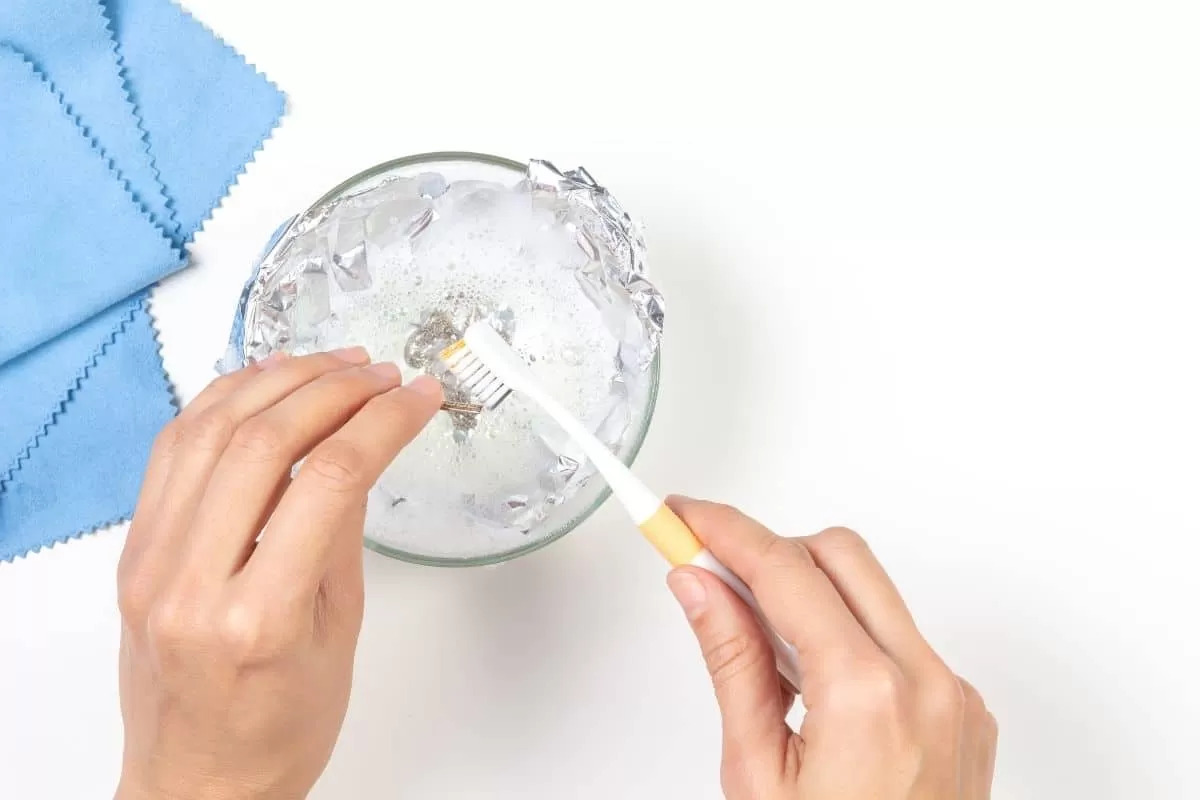
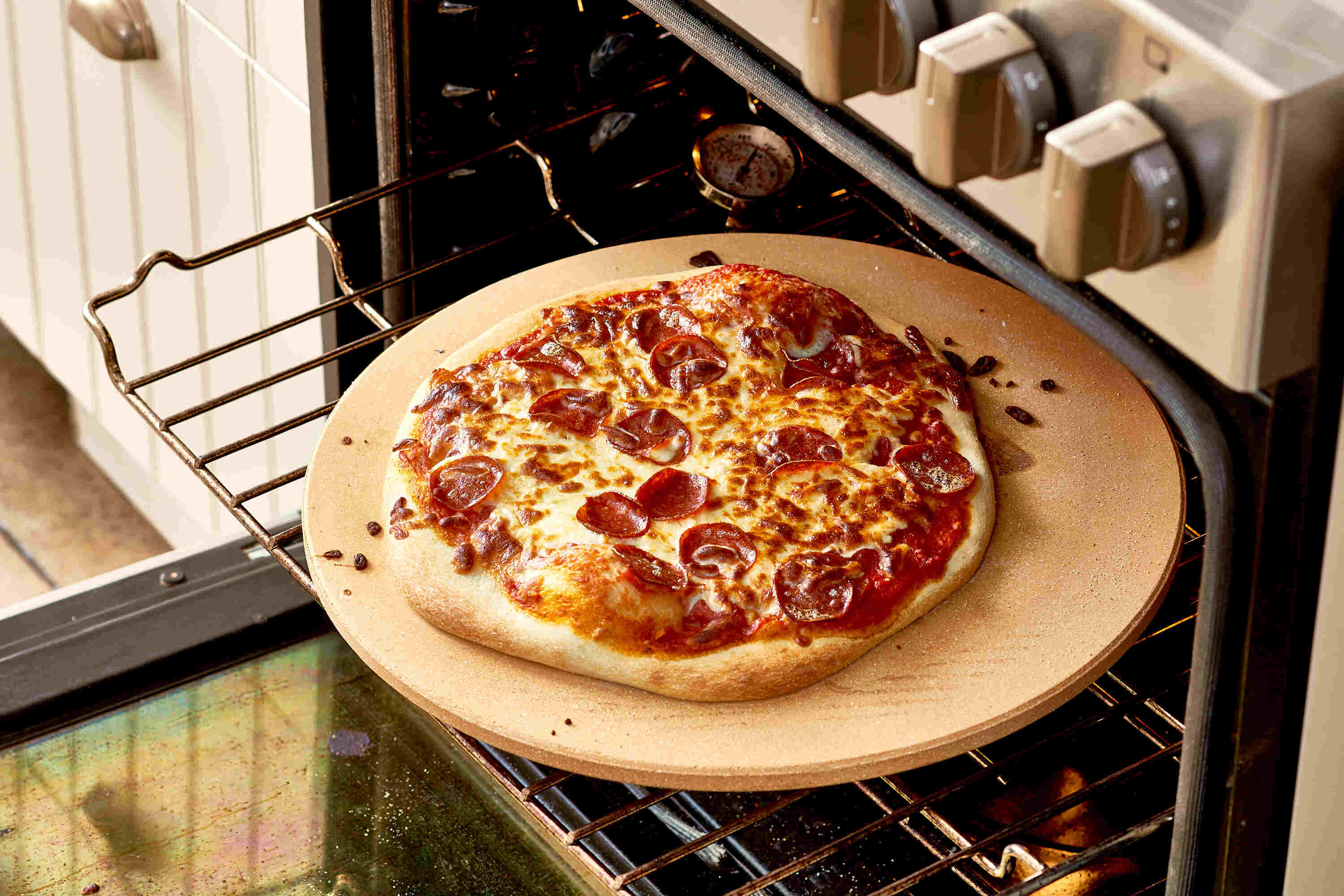



0 thoughts on “Learn About Green Cleaning And Eco-Friendly Cleaning Products”